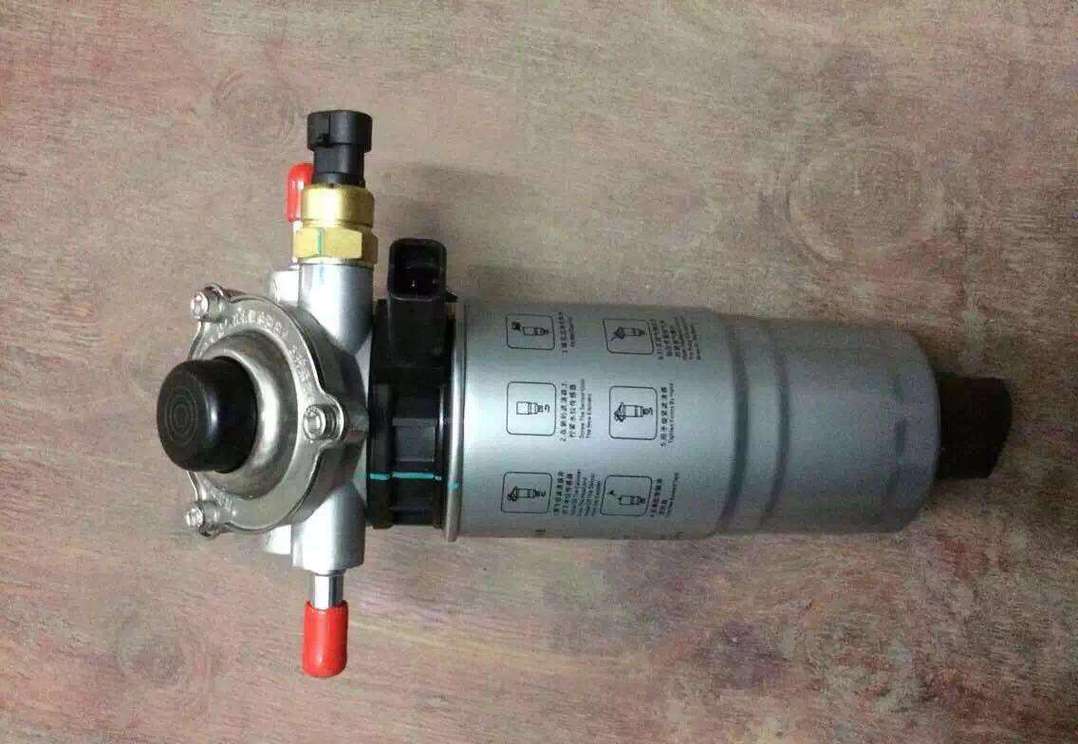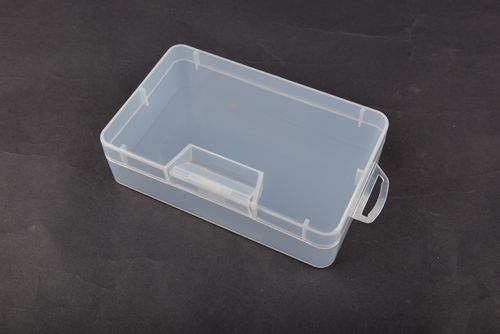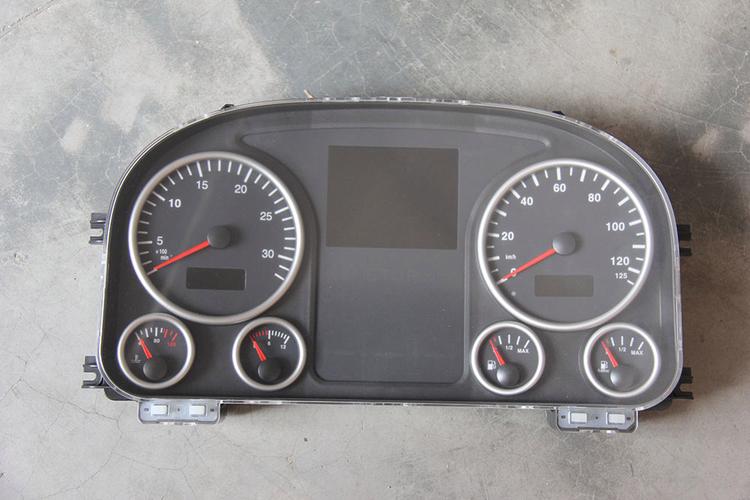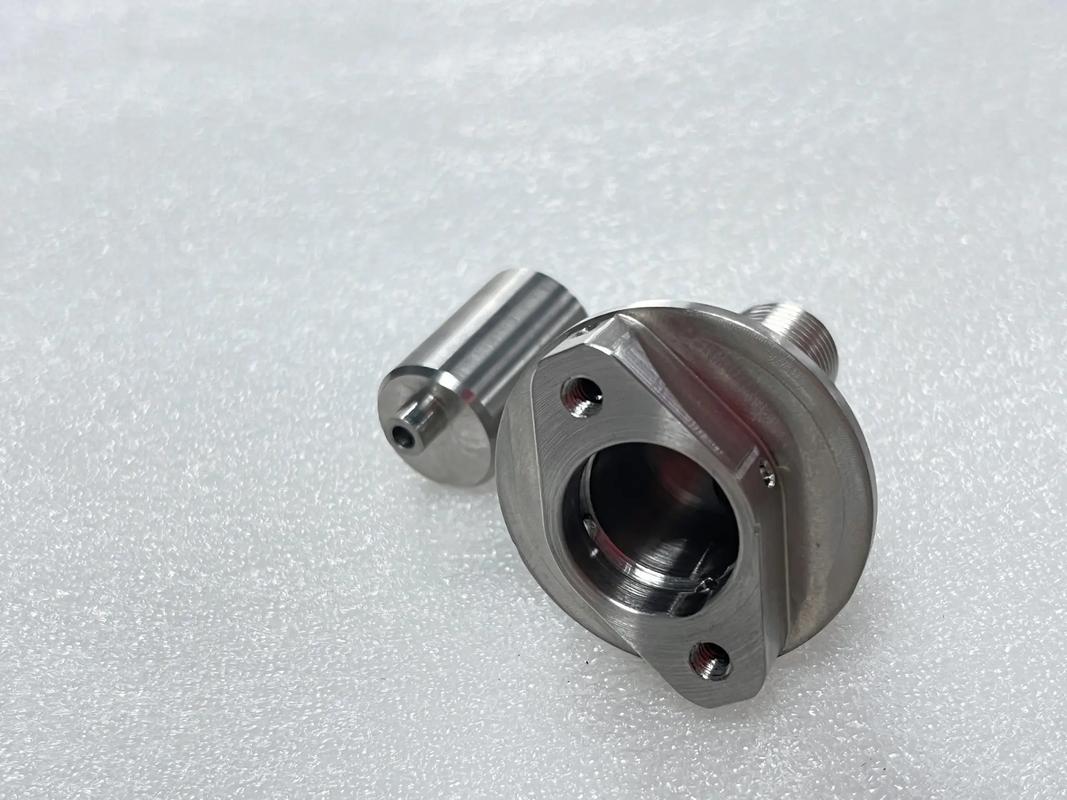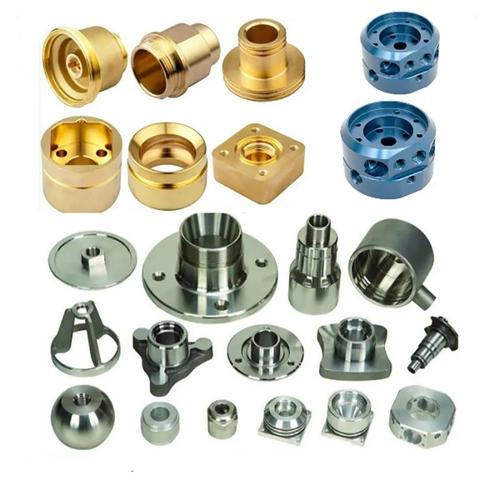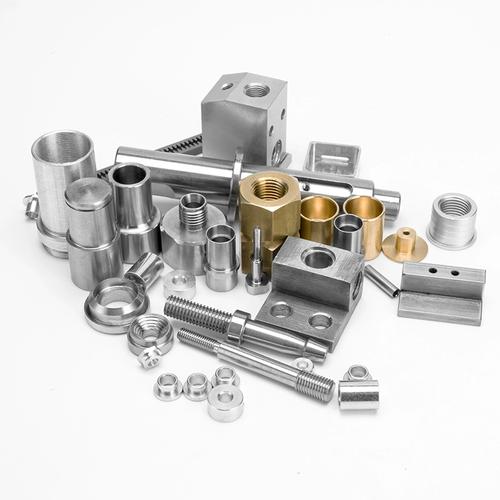Custom pneumatic oil-water separators are precision-engineered devices that remove moisture, oil, and contaminants from compressed air systems. These tailored components protect pneumatic equipment by delivering clean, dry air, with customizable designs to match specific flow rates, pressure requirements, and contamination levels across industrial applications.
Applications, Common Sizes & Product Features
Typical Applications
Essential in manufacturing (automotive, electronics), food & beverage processing, pharmaceutical production, and industrial automation. Used to protect pneumatic tools, cylinders, valves, and control systems from damage caused by oil carryover, water condensation, and particulate matter. Critical for applications requiring air quality Class 4-8 (ISO 8573-1).
Common Specifications
- Flow Rate Range: 1-1000 SCFM (28-28,300 m³/h)
- Inlet/Outlet Sizes: 1/4″, 3/8″, 1/2″, 3/4″, 1″, 1.5″, 2″ (NPT/BSP threads or flange connections)
- Working Pressure: 0.5-1.6 MPa (70-230 psi)
- Operating Temperature: 5-60°C (41-140°F)
- Separator Efficiency: ≥99.9% for particles ≥0.3μm; ≥99% water removal at 10°C pressure dew point.
Key Product Features
- High Separation Efficiency: Removes 99.9% of oil aerosols (≥0.3μm) and liquid water, extending tool life by 30-50%.
- Low Pressure Drop: ≤0.02 MPa (3 psi) at rated flow, reducing compressor energy consumption by 5-8%.
- Automatic Drainage: Equipped with float or timer-based drains with <0.5 second response time to prevent water accumulation.
- Durable Construction: Withstands 1.5x rated pressure (burst pressure) for 1 minute without failure.
- Easy Maintenance: Quick-access filter elements with 500-1000 hour service life indicators.
- Compact Design: 30% smaller footprint than standard separators for space-constrained installations.
Alternative Processable Materials & Their Features
- Aluminum Alloy (6061-T6): Lightweight (density 2.7g/cm³) and cost-effective for general industrial use; good corrosion resistance with anodized finish. Ideal for dry, non-chemical environments.
- Stainless Steel (304): Superior corrosion resistance for food-grade or humid environments; withstands washdowns and mild chemical exposure. 2x cost of aluminum but 3x longer service life in wet conditions.
- Stainless Steel (316): Enhanced resistance to acids, salts, and aggressive chemicals; used in marine, offshore, or pharmaceutical applications. Handles chloride levels up to 10,000 ppm.
- Engineering Plastics (PA66+Glass Fiber): Non-conductive and lightweight for low-pressure (≤0.8 MPa) applications; resistant to oils and hydrocarbons. Suitable for electronics manufacturing.
- Carbon Steel (Powder-Coated): Economical for high-volume, low-corrosion environments; offers high structural strength but requires regular maintenance in humid conditions.
Manufacturing Process
- Material Preparation: Cut metal sheets/tubes to size using laser cutting (tolerance ±0.1mm); verify material certifications (3.1B reports).
- Casing Fabrication:
-
- CNC machining for precision ports and mounting features (thread accuracy ±0.02mm).
-
- Welding (TIG for stainless steel) or stamping (for aluminum) to form pressure vessels; leak-tested at 1.5x rated pressure.
- Separator Core Production:
-
- Multi-stage filter media assembly (pleated microfiber + activated carbon layers) with 0.3μm absolute rating.
-
- Spiral or baffle-type cyclonic elements for pre-separation stage, tested for airflow uniformity.
- Component Assembly: Install drainage valves, pressure gauges, and service indicators; torque fasteners to 25-45 N·m (18-33 ft-lb).
- Surface Treatment: Anodize aluminum (10-15μm thickness) or powder-coat steel (60-80μm) for corrosion resistance; passivate stainless steel.
- Performance Testing: Conduct flow rate testing, pressure drop measurement, and separation efficiency verification using ISO 8573-4 standards.
Manufacturing Challenges
- Consistent Separation Efficiency: Achieving uniform airflow distribution across filter media requires precise baffle design—even 10% flow imbalance reduces efficiency by 15%. Solved with CFD simulation and prototype testing.
- Leak Prevention: Ensuring airtight seals between components (especially at high pressure) demands precision machining of mating surfaces (flatness ≤0.05mm/m) and quality O-rings (EPDM/Viton).
- Drain Valve Reliability: Float or sensor-based drains must operate flawlessly to prevent water carryover; requires tight tolerance on float dimensions (±0.03mm) and calibration testing.
- Pressure Drop Optimization: Balancing high efficiency with low pressure loss requires iterative testing of filter media density and element geometry.
- Material Compatibility: Selecting materials resistant to compressor oils, moisture, and contaminants (e.g., silicone-free for painting applications) demands thorough chemical compatibility testing.
Customization Process
- Requirement Analysis: Customers provide flow rate, pressure, air quality needs, environment (temperature, humidity, chemicals), and installation constraints.
- Engineering Design: 3D modeling (SolidWorks) and CFD airflow simulation to optimize separation efficiency and pressure drop; material recommendation within 2 working days.
- Prototype Production: Manufacture 1-2 prototypes with custom features (e.g., special ports, mounting brackets); include efficiency test reports. Delivery in 7-10 days.
- Validation Testing: Test prototypes under customer-specific conditions (flow, contamination level); adjust design if needed (e.g., modify filter media, drain type).
- Mass Production: Full-scale manufacturing with batch testing (10% sampling for efficiency and pressure drop); lead time 15-20 days for orders <100 units.
Common Questions
- Q: Why is my separator losing efficiency quickly?
A: Likely due to excessive contamination (oil carryover >5 ppm from compressor) or clogged filter. Check compressor oil levels; replace filter element if pressure drop exceeds 0.05 MPa.
- Q: How often should I replace the filter element?
A: Every 500-1000 hours depending on air quality—more frequently in humid environments (300-500 hours) or with high oil contamination.
- Q: Can separators handle high-temperature compressed air (>60°C)?
A: Standard models max at 60°C. For 60-120°C applications, specify high-temperature seals (Viton) and stainless steel construction to prevent material degradation.
- Q: Why is water still reaching my tools after installation?
A: Possible issues: undersized unit (flow rate exceeding rating), drain valve malfunction, or installation orientation (must be vertical). Ensure flow rate <90% of rated capacity.
Need a custom pneumatic oil-water separator that keeps your equipment protected? Goldcattle designs precision separators tailored to your flow rate (1-1000 SCFM), pressure (0.5-1.6 MPa), and environment. Our units deliver 99.9% separation efficiency, ≤0.02 MPa pressure drop, and durable construction (aluminum to 316 stainless). Whether for food processing, automotive, or industrial automation, we customize ports, drains, and mounting to fit your system. Have flow requirements, space constraints, or air quality goals? Leave us a message via our contact form, and our engineers will respond within 24 hours with a personalized solution. Visit https://www.xmgoldcattle.com/ to get your custom separator project started today!
